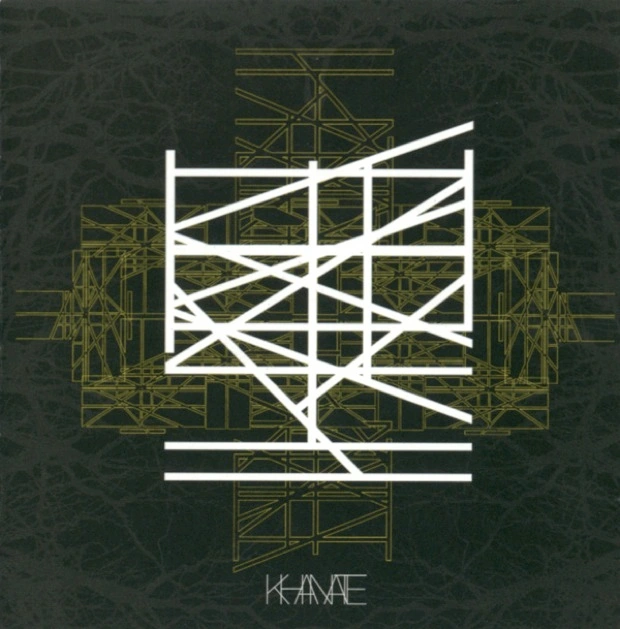
Time and a dedicated body of work has helped to facilitate digestion of Khanate’s unconventional and glacial approach to doom metal, drawing in elements of drone (recalling Earth’s own synthesis of pioneers La Monte Young) and diseased lyrics too unsettling for a black metal album. Suffice it to say, no one quite knew what to make of the New York City-based quartet when its self-titled debut was released in 2001. Except for musician/writer Julian Cope, who spotlighted the album on his Head Heritage site shortly after its release, and memorably described the band’s sound as an “orchestrated root canal.”
Khanate is cold, unsettling, provocative, attuned to the idea of building tension without an equivalent amount of release, both suspenseful and horrific (particularly with Alan Dubin’s approach to lyrics), and challenging on approach. But no element was designed with torture in mind, and framing it that way suggests a level of intent that has never been part of the band’s ethos. “Khanate is not an artsy, intellectual pursuit as it sometimes gets portrayed,” observes drummer Tim Wyskida. “For me, it’s just this unconscious, primal, powerful force that’s linked more with the ‘ape mind’ than the intellect.”
One of the alluring things about Khanate’s self-titled album is the primitive nature of the recording. Everything from the band’s early rehearsals was captured on guitarist Stephen O’Malley’s digital eight-track—credited on the album as “nekro-drone8negatives.” Bassist James Plotkin sliced and diced and wrestled the best passages into arrangements, which the band used to develop the songs further. Plotkin then recorded Dubin’s vocals in a closet, adding a claustrophobic dimension to the “extreme POV” of the snuff film-themed lyrics. Khanate offers proof that you can coax a transfixing sound and mood just by capturing the ambiance of a room.
“Skin Coat” remains an obvious high point for a lot of fans, underscoring Khanate’s commitment to the unconventional with some frenetic, glitch-y parts that parallel Plotkin’s digital hardcore Atomsmasher/Phantomsmasher project. But this album is really defined by its bookends. The 13-minute opener “Pieces of Quiet” paints a grotesque portrait of a human body being dismembered underneath a bed and applies squalls of feedback to simulating the sound of a saw scraping against bone. Meanwhile, the album’s asphyxiating closer “No Joy”—which was cut from the original LP release for length—slowly peels away elements of the band’s sound until the album collapses in on itself.
Part of why Khanate felt so fresh upon its release—and why it continues to be ripe for exploration—is that all four members of this “supergroup” brought a level of musical sophistication to this new endeavor that still had to be adapted to Khanate’s more minimalist style. The journey of the listener directly mirrors the experience of each of the band members in making the album. It’s hard to escape the feeling that this is something that you should be grappling with. It’s hard to escape the feeling. It’s hard to escape. It’s hard. But the reward is discovering a work with incredible emotional resonance, albeit one that’s still too scary to listen to after dark.
Need more classic Khanate? To read the entire six-page story, featuring interviews with the members who performed on Khanate, purchase the print issue from our store, or digitally via our app for iPhone/iPad or Android.